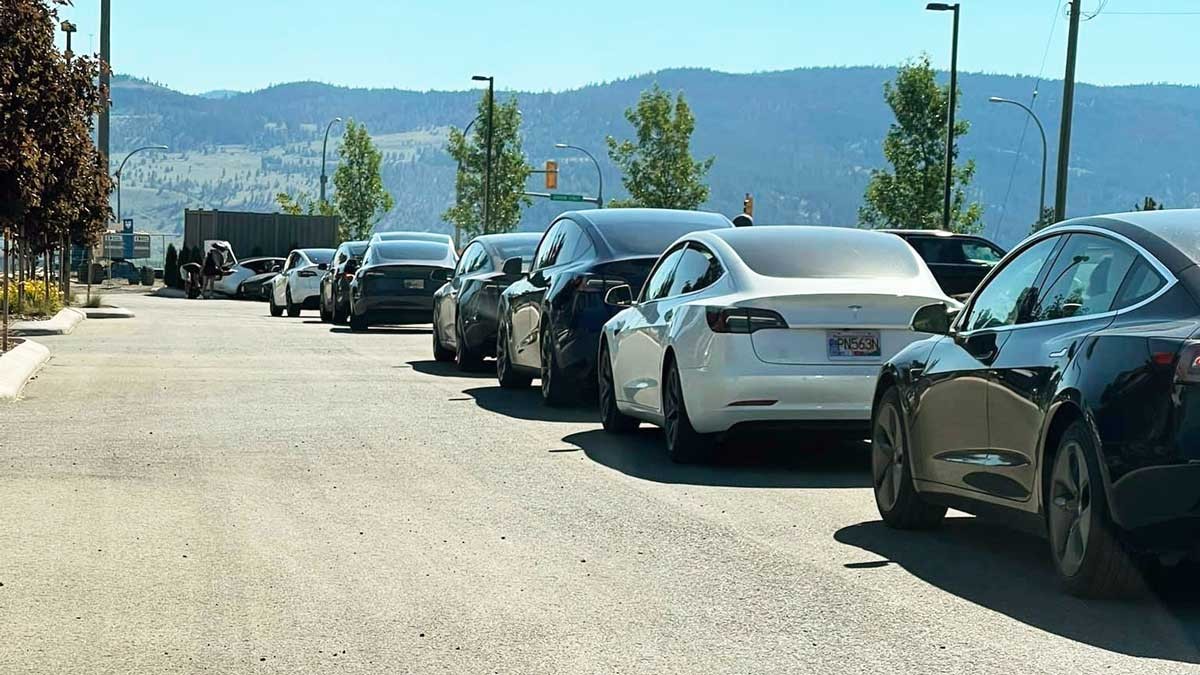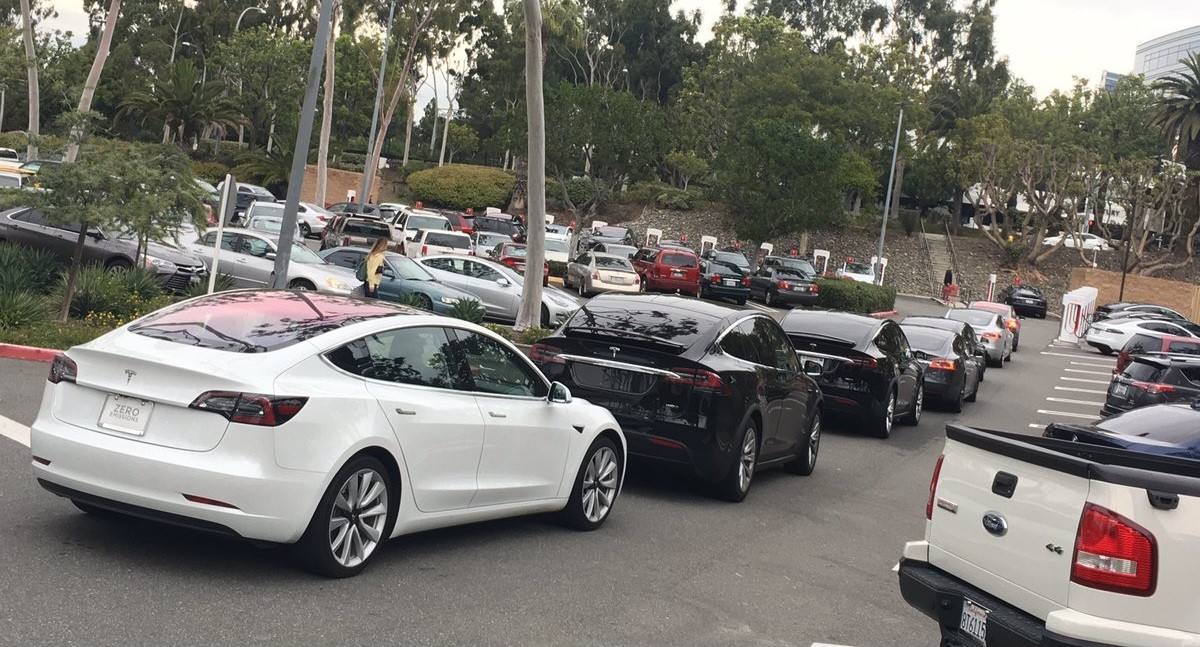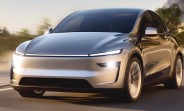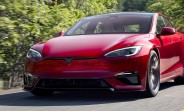Tesla to introduce congestion fees at crowded superchargers
Tesla is once again in the news, this time for managing its Supercharging network. Or rather for trying to keep the congestion at the chargers in check. The company has announced the introduction of congestion fees at its high-traffic Supercharging stations across the United States, a strategy officially aimed at optimizing the usage of its charging facilities and reducing wait times for users.
This move is not without controversy. Tesla's congestion fees, set at $1 per minute, are designed to discourage customers from charging their EVs to full capacity (100%), thereby freeing up space for other users. This fee will apply when a vehicle reaches a State of Charge (SoC) of 90%, replacing the existing idle fees. Previously, Tesla charged drivers $0.50 per minute after reaching the desired SoC or if the vehicle remained connected after being fully charged. When every charging stall was occupied, this fee doubled. The new congestion fees aim to streamline this process by encouraging quicker turnover at charging stations.

Tesla’s Supercharger network has been a key advantage for the brand, offering rapid charging capabilities that significantly reduce the time drivers spend waiting to replenish their vehicle's battery. However, as the number of Tesla vehicles on the road grows, coupled with the company's plans to open its Supercharging stations to other EVs, managing congestion has become an essential challenge.
The introduction of congestion fees is Tesla’s response to this growing issue. According to Tesla, the fees will apply to “certain” Supercharging stations that experience high traffic. These fees will be automatically enforced, even if there are available stalls, to ensure that drivers charge their vehicles only as much as needed and not necessarily to full capacity.
This policy change highlights Tesla's ongoing commitment to improvement, not just in vehicle technology but also in customer experience and infrastructure management. By introducing these fees, Tesla aims to maximize the efficiency of its charging network, ensuring that as many drivers as possible can access the Superchargers when needed.

In terms of pricing, Tesla’s approach is straightforward. The $1 per minute fee is significant enough to encourage drivers to move their vehicles once they have charged enough for their journey. This pricing strategy is expected to reduce the instances of "squatting," where drivers leave their vehicles at charging stations longer than necessary, often charging to 100% regardless of their actual travel needs.
Interestingly, Tesla's app notifies drivers when their vehicle passes the charge level threshold or when charging is complete. This feature is crucial in helping drivers avoid unnecessary congestion fees. However, there is no cap on the amount of congestion or idle fees that may accrue, adding a potential financial incentive for drivers to be more mindful of their charging habits.
The implementation of these fees comes at a time when Tesla is expanding its charging network and preparing for the increased demand that will come with opening its Superchargers to other EVs. As more vehicles adopt the North American Charging Standard (NACS), the need for efficient and available charging solutions becomes ever more critical. Tesla’s congestion fee is a bold, if not controversial, step in managing this demand, ensuring that its network remains accessible and convenient for all users.





Facebook
Twitter
Instagram
RSS
Settings
Log in I forgot my password Sign up